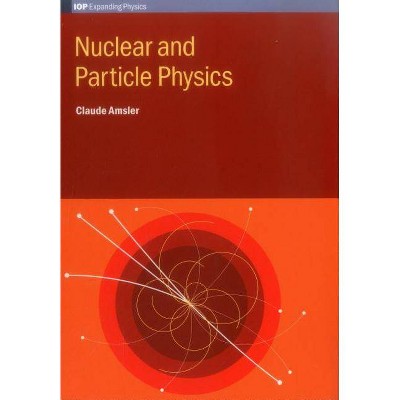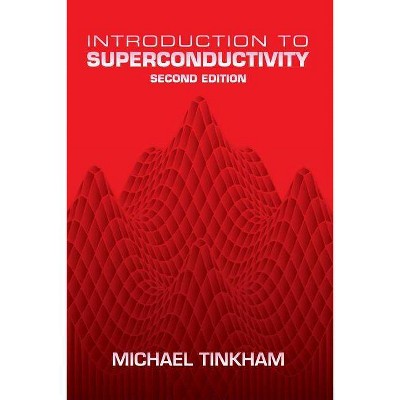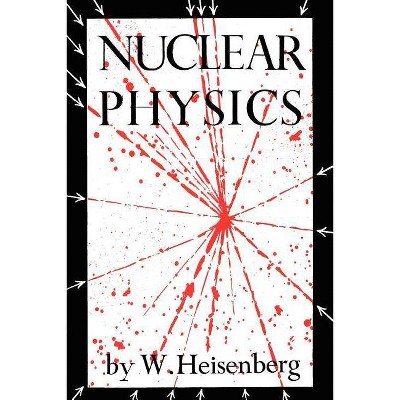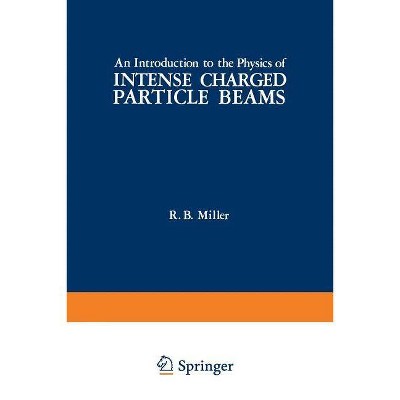Introduction to Nuclear and Particle Physics (2nd Edition) - by Ashok Das & Thomas Ferbel (Paperback)

Similar Products
Products of same category from the store
AllProduct info
<p/><br></br><p><b> About the Book </b></p></br></br>Rutherford Scattering; Nuclear Phenomenology; Nuclear Models; Nuclear Radiation; Applications of Nuclear Physics; Energy Deposition in Media; Particle Detection; Accelerators; Properties and Interactions of Elementary Particles; Symmetries; Discrete Transformations; Neutral Kaons, Oscillations, and CP Violation; Formulation of the Standard Model; Standard Model and Confrontation with Data; Beyond the Standard Model;<p/><br></br><p><b> Book Synopsis </b></p></br></br>The original edition of Introduction to Nuclear and Particle Physics was used with great success for single-semester courses on nuclear and particle physics offered by American and Canadian universities at the undergraduate level. It was also translated into German, and used overseas. Being less formal but well-written, this book is a good vehicle for learning the more intuitive rather than formal aspects of the subject. It is therefore of value to scientists with a minimal background in quantum mechanics, but is sufficiently substantive to have been recommended for graduate students interested in the fields covered in the text.In the second edition, the material begins with an exceptionally clear development of Rutherford scattering and, in the four following chapters, discusses sundry phenomenological issues concerning nuclear properties and structure, and general applications of radioactivity and of the nuclear force. This is followed by two chapters dealing with interactions of particles in matter, and how these characteristics are used to detect and identify such particles. A chapter on accelerators rounds out the experimental aspects of the field. The final seven chapters deal with elementary-particle phenomena, both before and after the realization of the Standard Model. This is interspersed with discussion of symmetries in classical physics and in the quantum domain, bringing into full focus the issues concerning CP violation, isotopic spin, and other symmetries. The final three chapters are devoted to the Standard Model and to possibly new physics beyond it, emphasizing unification of forces, supersymmetry, and other exciting areas of current research.The book contains several appendices on related subjects, such as special relativity, the nature of symmetry groups, etc. There are also many examples and problems in the text that are of value in gauging the reader's understanding of the material.<p/><br></br><p><b> Review Quotes </b></p></br></br><br>.,." provides an introduction to the subject very well suited for the introductory course for physics majors."<br><br>"The book provides an introduction to the subject very well suited for the introductory course for physics majors. Presentation is very clear and nicely balances the issues of nuclear and particle physics, exposes both theoretical ideas and modern experimental methods. Presentation is also very economic and one can cover most of the book in a one-semester course. In the second edition, the authors updated the contents to reflect the very recent developments in the theory and experiment. They managed to do it without substantial increase of the size of the book. I used the first edition several times to teach the course 'Introduction to Subatomic Physics' and I am looking forward to use this new edition to teach the course next year."<br>
Price History
Price Archive shows prices from various stores, lets you see history and find the cheapest. There is no actual sale on the website. For all support, inquiry and suggestion messages communication@pricearchive.us




















